Cooling Circuits & Cooling Water Conditioning
Disinfection, maintenance and servicing of water-bearing cooling systems
Disinfection, maintenance and servicing of water-bearing cooling systems
Water-carrying cooling systems are prone to microbial growth, deposits, and/or corrosion without careful treatment of the cooling water, regardless of the construction type or application area. However, these issues can be effectively prevented with the targeted use of biocides, corrosion inhibitors, hardness stabilizers, and dispersants. Sanosil AG offers a selected range of products tailored for cooling water conditioning, ensuring safe, clean, and efficient cooling operations.

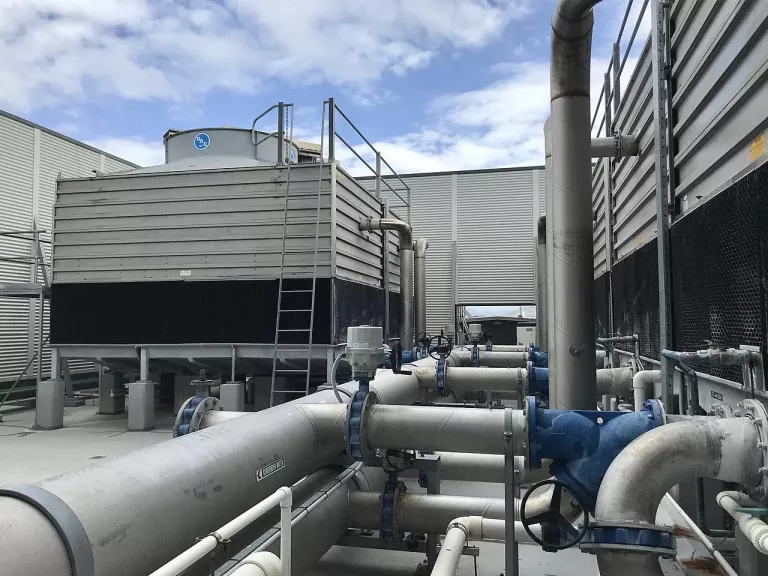
Protection against deposits, corrosion, sediments, and microbial contamination
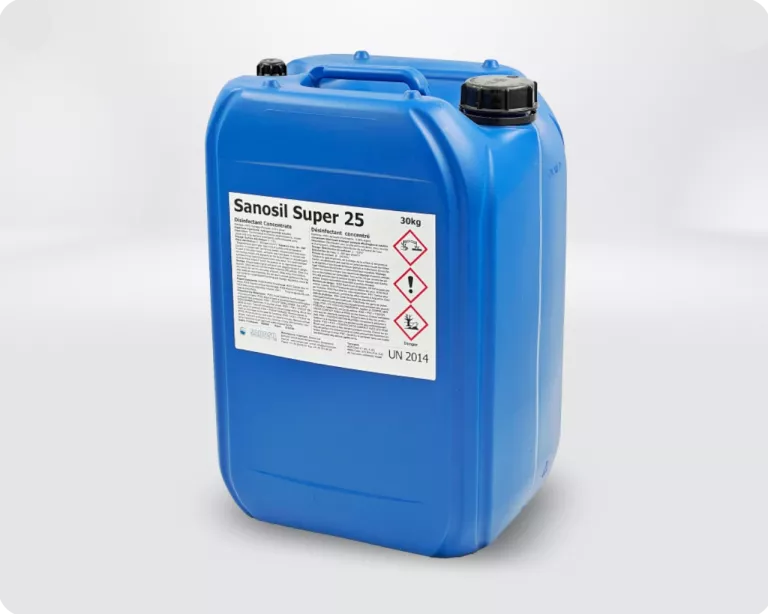
High-concentration water disinfectant for drinking-, non-potable-, and cooling water systems
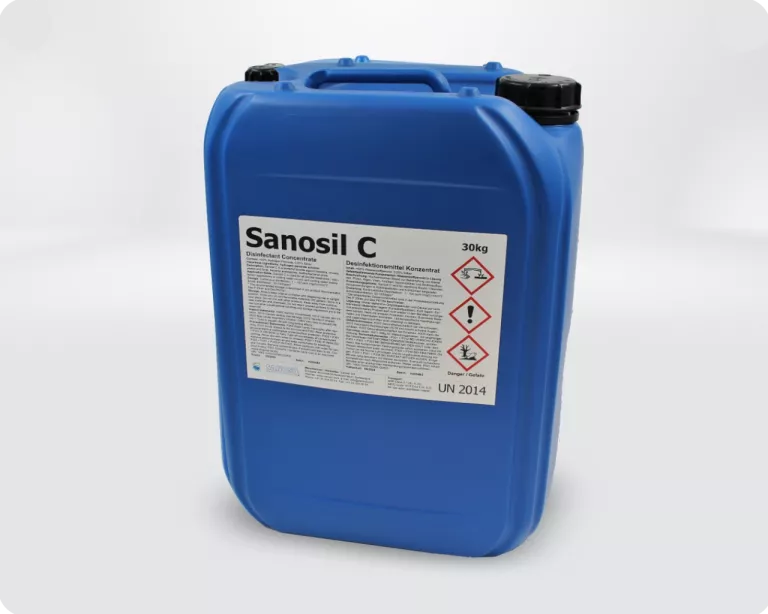
Highly concentrated water disinfectant for large cooling water systems
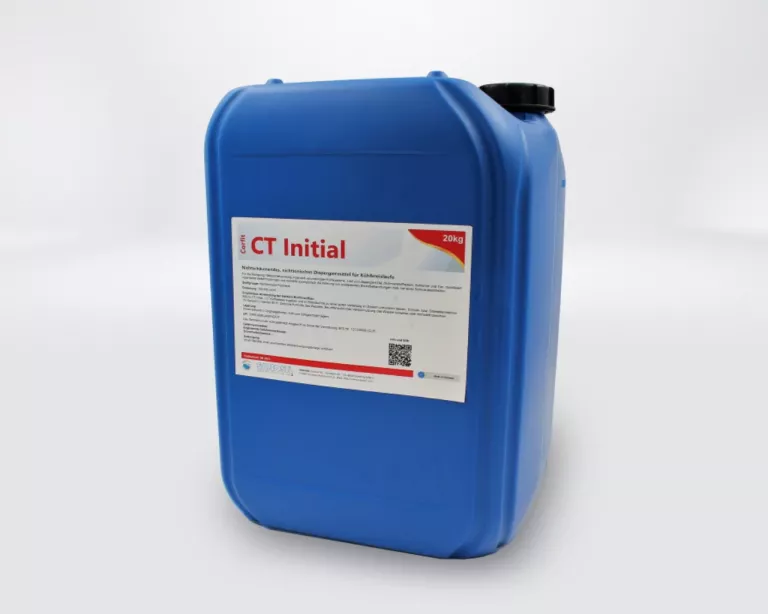
Dispersant, booster for shock disinfections
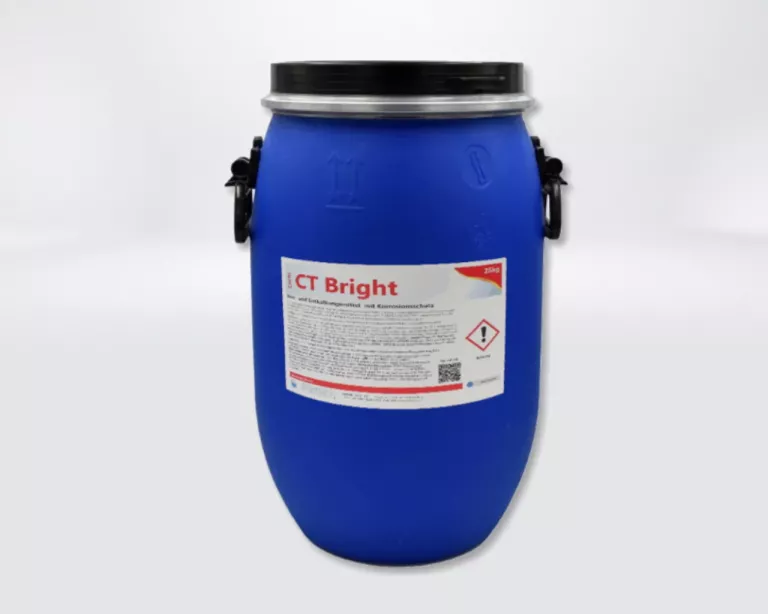
Pickling and descaling agent with indicator dye and corrosion inhibitor
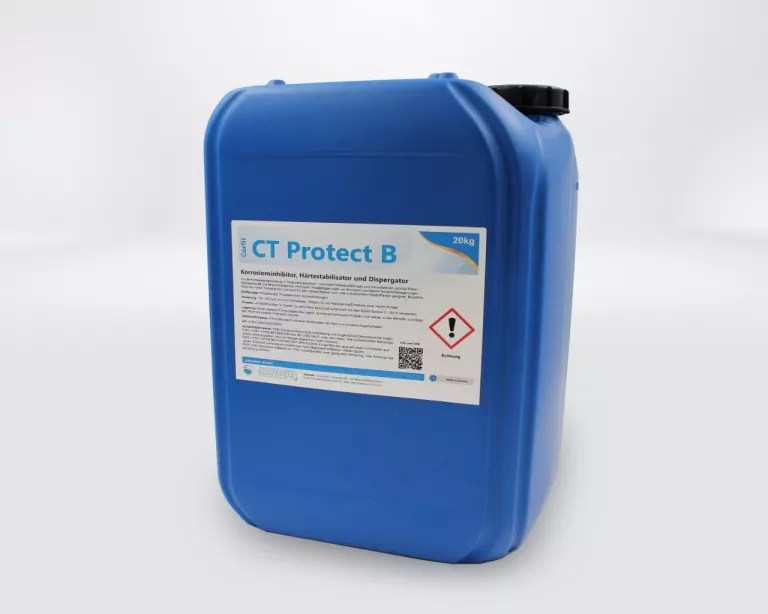
Corrosion inhibitor with hardness stabilizer & dispersant - ideal for mixed materials
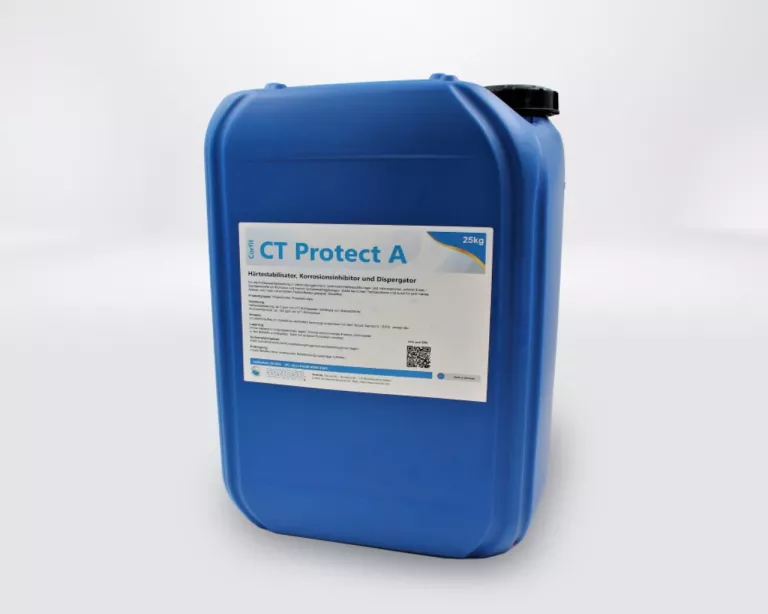
Hardness stabilizer with corrosion inhibitor & dispersant - ideal for hard water
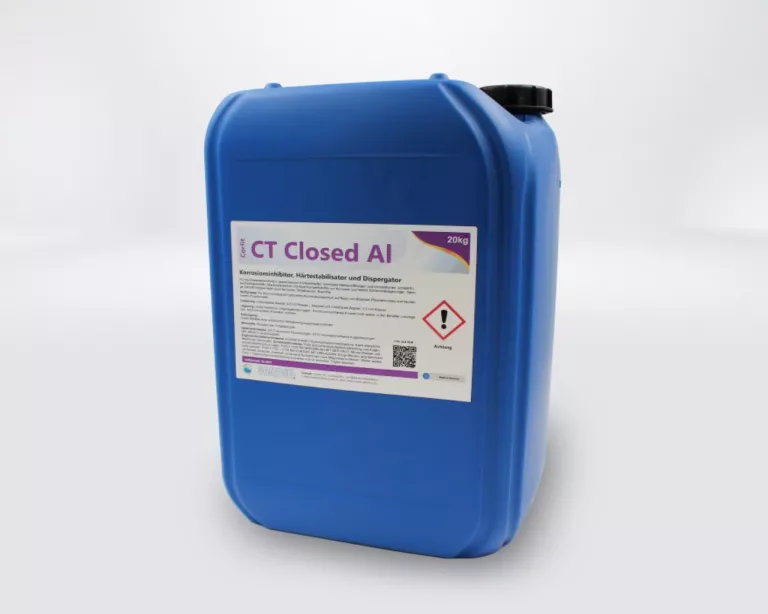
Corrosion inhibitor with hardness stabilizer & dispersant for closed systems with aluminum components
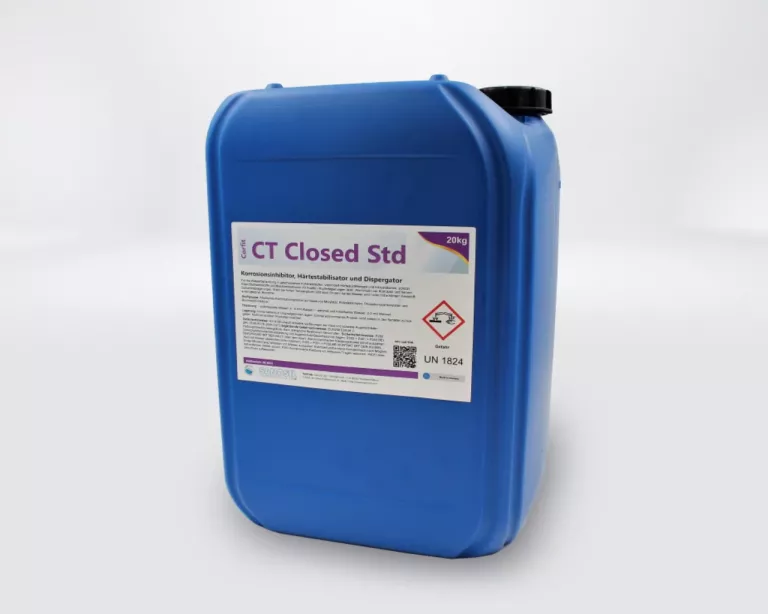
Corrosion inhibitor, hardness stabilizer & dispersant for closed systems without aluminium parts
All these issues can be minimized through proper maintenance and conditioning of the cooling system. Common water treatment agents include biocides, corrosion inhibitors, dispersants, and hardness stabilizers.
The technical capabilities of cooling water treatment with biocides, corrosion inhibitors, dispersants, and hardness stabilizers provide a comprehensive solution to the challenges faced by cooling systems. The use of these products in cooling water treatment enhances the efficiency and performance of the systems, leading to significant cost savings. Additionally, modern cooling water treatment agents offer numerous benefits beyond improving system efficiency and performance.
Biofilm and Pathogen Control: The use of biocides reduces the growth of bacteria such as Pseudomonas, Legionella, and other harmful microorganisms. This stops health risks associated with bacteria-laden aerosols in the vicinity of the cooling tower.
Reduced Water Consumption: Another advantage of using cooling water treatment agents is the reduction in water consumption. By using dispersants and hardness stabilizers, an evaporative cooler can operate at an optimal concentration ratio of 3-4 times. This reduces the need for fresh water to replace the cooling water and extends the intervals between necessary cleanings of the cooling system.
In conclusion, the economic benefits of using biocides, corrosion inhibitors, dispersants, and hardness stabilizers in cooling water treatment are undeniable. These treatments not only improve system performance and efficiency but also provide essential health and environmental benefits.
Our core competencies include the manufacturing and application consulting of disinfection products for water systems, surfaces, and air (complete room disinfection).